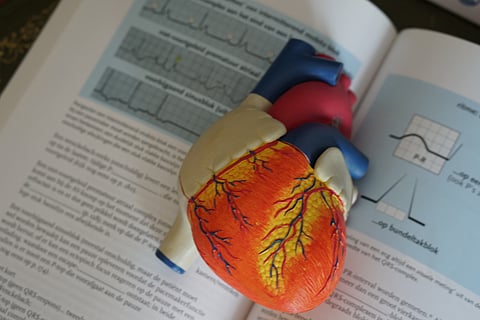The days of heart transplant survivors undergoing invasive biopsies could soon be over after a new MRI technique has proven to be safe and effective, reducing complications and hospital admissions.
Scientists at the Victor Chang Cardiac Research Institute and St Vincent's Hospital, Sydney, hope the new virtual biopsy designed to detect any signs of the heart being rejected will be adopted by clinicians the world over.
Approximately 3,500 people worldwide receive heart transplants each year. Most patients experience some form of organ rejection and whilst survival rates are high, a small percentage will die in the first year after surgery.
The new MRI technique, described in the journal Circulation, has been proven to be accurate in detecting rejection and works by analysing heart oedema levels which the team demonstrated are closely associated with inflammation of the heart.
"It's essential that we can monitor these patients closely and with a high degree of accuracy; now we have a new tool that can do that without the need for a highly invasive procedure," said Andrew Jabbour, Associate Professor at the Institute.
"This new virtual biopsy takes less time, is non-invasive, more cost-effective, uses no radiation or contrast agents, and most importantly patients much prefer it," he added.


